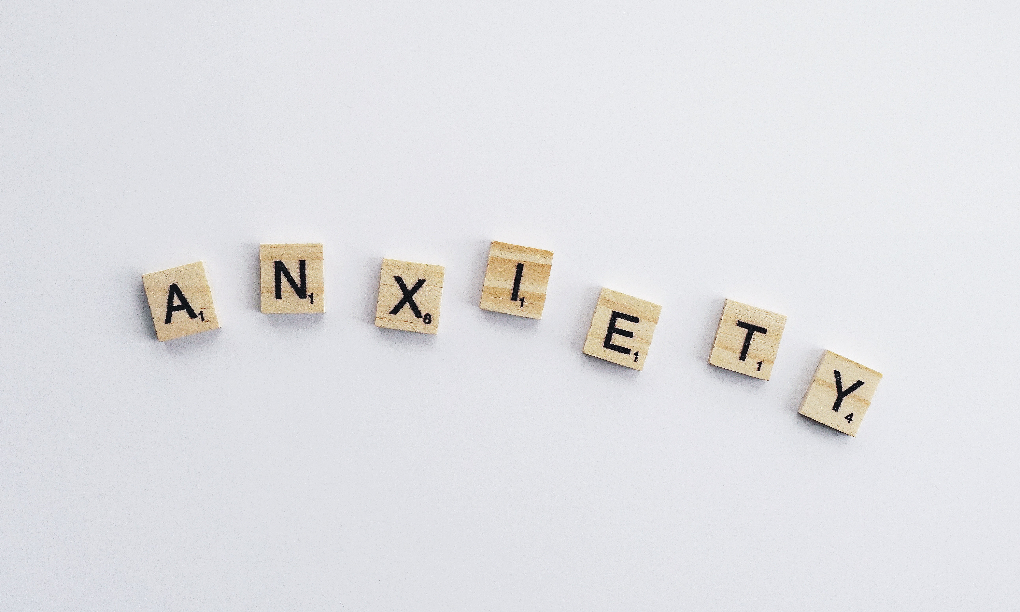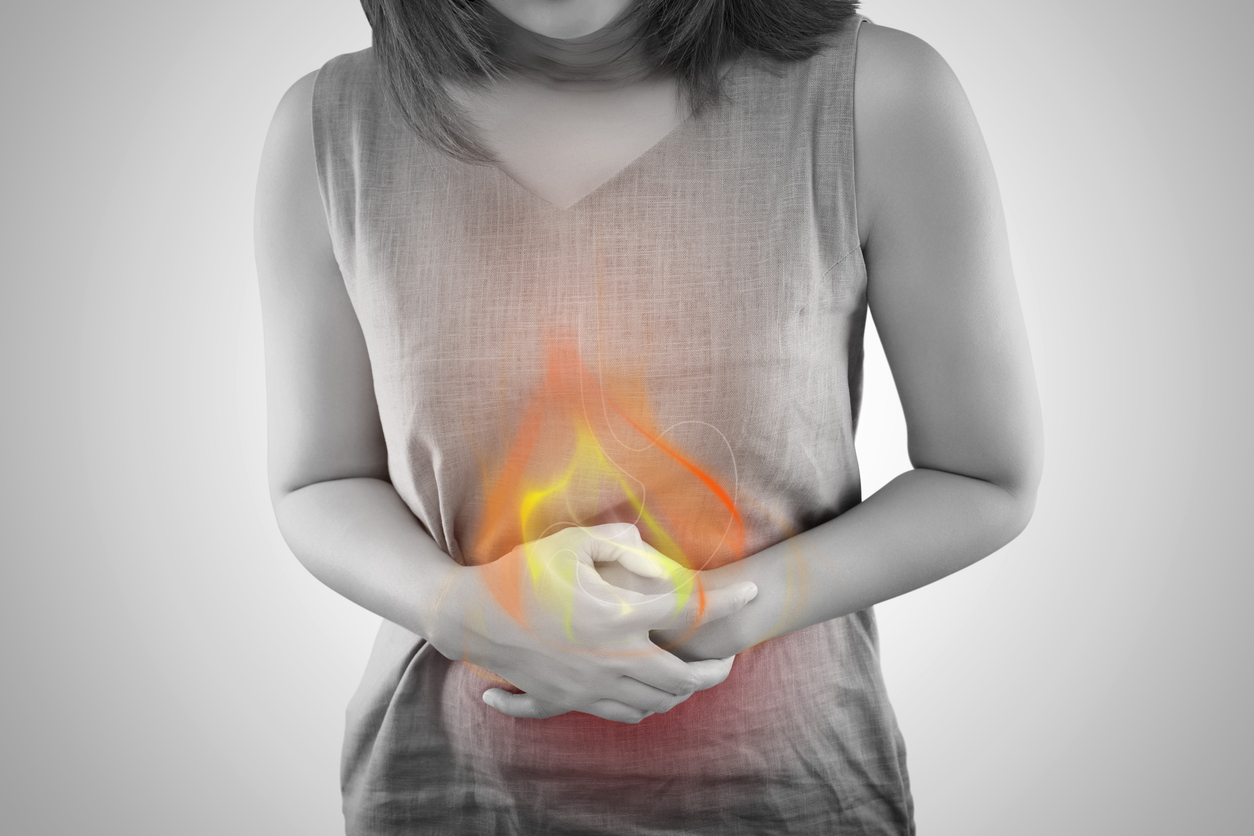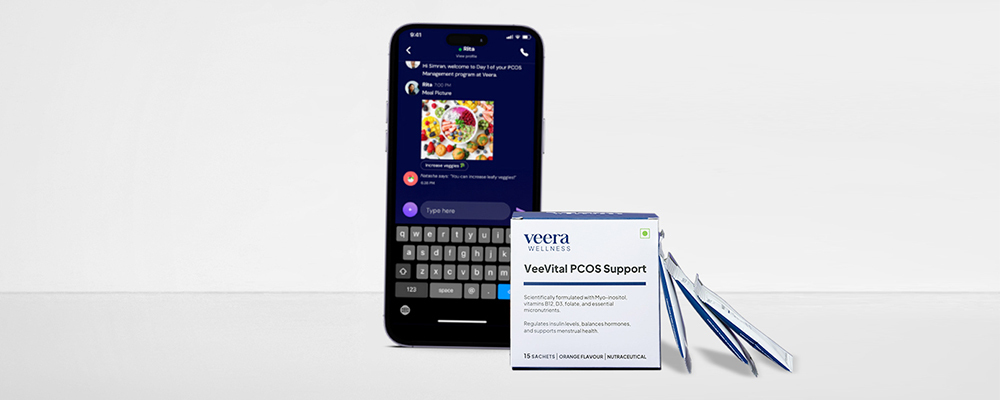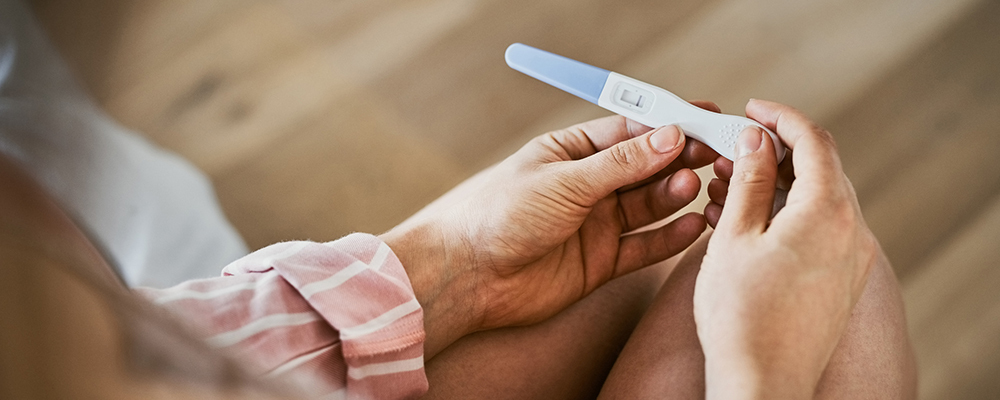Anxiety is a condition that is in the headlines daily and for a good reason. Mental health disorders are very common and affect one in twenty people. Unfortunately, because mental health conditions like anxiety cannot be seen, they often end up being a hidden health problem, left undiagnosed and untreated.
As is the case with many other health conditions, anxiety symptoms can show themselves in different people in different ways, ranging from physical, psychological and behavioural symptoms. While some people may experience compulsive thoughts and fears, others may suffer from shortness of breath and palpitations. But how can you tell that your sweaty palms are a sign of anxiety? Symptoms of anxiety can be broken down by physical symptoms and psychological or behavioral symptoms. It is important to recognize the symptoms of anxiety as one or more of these can interfere with your daily life or ultimately can cause extreme distress. Here’s how to identify the most common symptoms.
Physical Symptoms of Anxiety
- Fatigue, difficulty breathing, shivering
- Chest pain, rapid heartbeat, a feeling of the heart beating out of your chest, high blood pressure
- Shortness of breath, hyperventilation
- Vertigo, light-headedness, abnormal pins and needles sensation, tremors, difficulty sleeping, muscle tension
- Abdominal discomfort, weight loss, nausea, vomiting, diarrhoea, constipation
If you are suffering from a specific phobia, you will likely experience a few of these symptoms with respect to specific situations such as, crowded spaces, deadly animals, heights, or extreme weather, depending on what you fear the most.
Psychological and Behavioural Symptoms of Anxiety
- Restlessness
- A feeling of dread
- Constant worry
- Difficulty concentrating
- Irritability
- Inability to sleep
Panic Attacks Decoded
Sometimes, anxiety can cause panic attacks. A panic attack is a response to fear, involving the sudden onset of intense anxiety or terror which can either be spontaneous or triggered. Not everyone with anxiety experiences a panic attack. Sometimes, individuals are admitted to the emergency department fearing they may be having a heart attack, when in fact it is a panic attack.
A typical characteristic of panic attacks is that it can occur suddenly and without warning. You may be feeling fine and then all of a sudden your heart is racing, your hands go numb, and you feel like you can’t get enough air. You may be in this state for about 15 minutes before you start to feel like you can breathe again. You may be left with a residual feeling of dread for hours after a panic attack. The first step to address panic disorders is to recognize if and when you have a panic attack by better understanding the common symptoms and triggers.
Common Panic Attack Symptoms
- Rapid heartbeat, chest pain, dizziness
- Disconnectedness, derealisation (unreality), depersonalisation (detached from self)
- Abnormal pins and needles feeling, numbness
- Intense fear of dying, losing control
- Chills, sweating, shaking
- Shortness of breath
- Nausea
- Numbness
Do you think you may be experiencing symptoms of anxiety? First and foremost, always remember to breathe. Engage in some grounding deep breathing exercises. Then, look towards booking an appointment with a trained mental health professional who can talk you through what it means to be having a panic attack and how you can manage these feelings in the future.
Read our next article to learn more about the diagnosis and treatment for anxiety disorders and supporting therapies like breathing exercises that can help you manage anxiety proactively.
References:[1] ICD – ICD-10-CM – International Classification of Diseases, Tenth Revision, Clinical Modification. https://www.cdc.gov/nchs/icd/icd10cm.htm (2019)[2] American Psychiatric Association. (2013). Diagnostic and statistical manual of mental disorders (5th ed.). Arlington, VA: Author.[3] Folk, J. (n.d.). What You Should Know. Retrieved September 05, 2020, from https://www.anxietycentre.com/anxiety-attack-symptoms.shtml
Disclaimer: Content on Veera is provided for informational purposes only and is not intended as medical advice, or as a substitute for medical advice given by a physician.


















